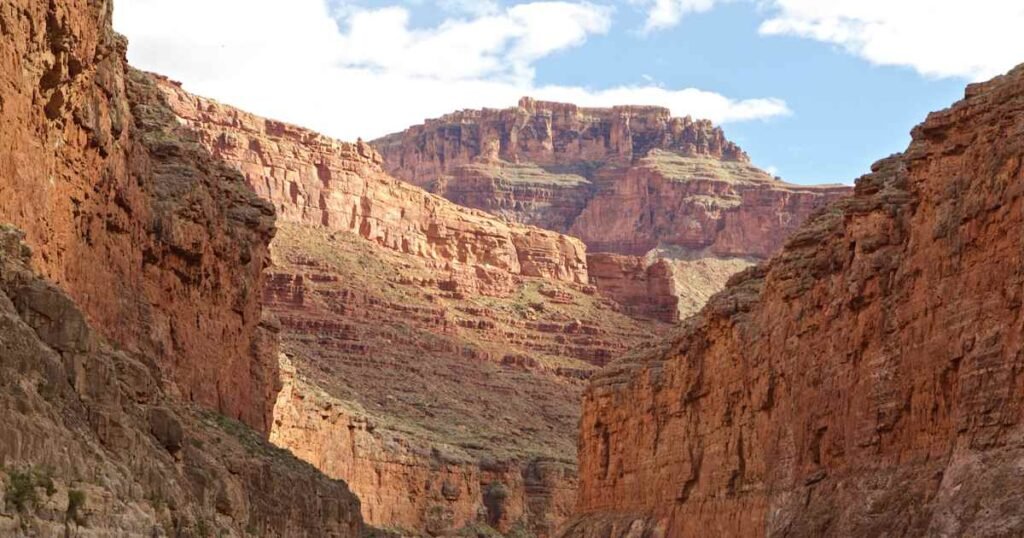The Grand Canyon’s Role in Evolution
The Grand Canyon, a landmark well-known across the United States, boasts a history that stretches back nearly 2 billion years. This impressive natural wonder offers plenty to admire, but one particularly fascinating aspect pertains to its environment, which was conducive to rapid evolutionary changes.
After its initial formation, the Grand Canyon also became significant during a period referred to as the Cambrian Explosion, occurring about 530 million years ago and lasting approximately 40 million years. Remarkably, nearly every major group of current animal life can trace their ancestry back to this pivotal time.
During this transformative era, the region that is now the Grand Canyon lay submerged underwater, teeming with swiftly evolving marine organisms.
Ancient Coastlines and Life
The conditions in the Grand Canyon during the Cambrian period were surprisingly ideal. Positioned closer to the equator and surrounded by shallow seawater, it created a perfect environment for the Cambrian Explosion to unfold. Remarkably, the processes that carved the Canyon by the Colorado River began much later, nearly half a million years after this period. The warm waters, nestled between shallow and deeper zones, presented an optimal setting for life to flourish.
Giovanni Mussini, a doctoral candidate in paleontology at Cambridge University, notes that in nutrient-rich environments full of food and oxygen, animals could invest significantly in their physiological development. The Grand Canyon, during this period, was situated on a continental shelf—a relatively shallow area. Over 500 million years ago, its eastern side was part of the coastline, which boasted moderate depths that allowed sunlight to penetrate into deeper waters, fostering algae growth and, in turn, oxygenating the habitat.
This sunlight, crucial for plant life, wouldn’t thrive as efficiently in deeper waters. Too shallow environments faced numerous stresses, like turbulent wave action and excessive UV exposure. But in this so-called “Goldilocks zone,” conditions were just right for growth.
“These kinds of productive and hospitable environments likely spurred an evolutionary arms race,” suggests Mussini.
New Feeding Techniques Emerge
The remnants of marine life provide insights into the remarkable productivity of this era. Research from July 2025 highlights fossils discovered within the Bright Angel layer, which is part of Cambrian sedimentary formations. The findings include soft-bodied fossils, commonly referred to as cacti and penis worms, along with crustaceans and even a new marine insect species called pre-aplides.
These fossils, dating back 557 to 525 million years ago, indicate that the Cambrian Explosion was in full swing by then. The adaptations observed in these fossils show similarities to the anatomy found in many modern species.
Mussini emphasizes that this was truly a time of innovative adaptations. The complexity in how these organisms evolved, especially in their feeding strategies, is notably robust during the aftermath of the Cambrian Explosion.
For instance, two crustacean species developed specialized molars designed for crushing plankton, while their hair-like spines helped in cleaning. Fossils from molluscs, such as slugs, exhibited “conveyor belt”-like teeth that effectively scraped algae and bacteria off rocks. Meanwhile, the penis worm utilized a unique tooth filtering approach, employing “raking and shaving devices” to gather food.







